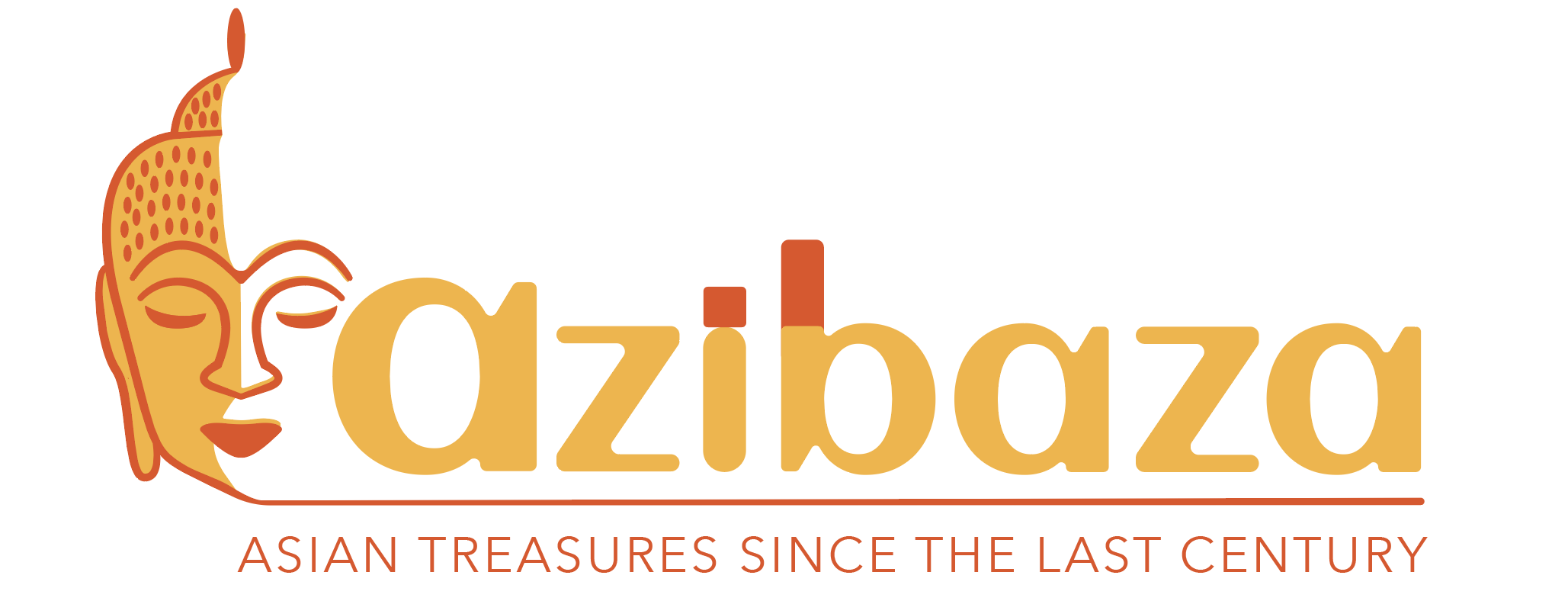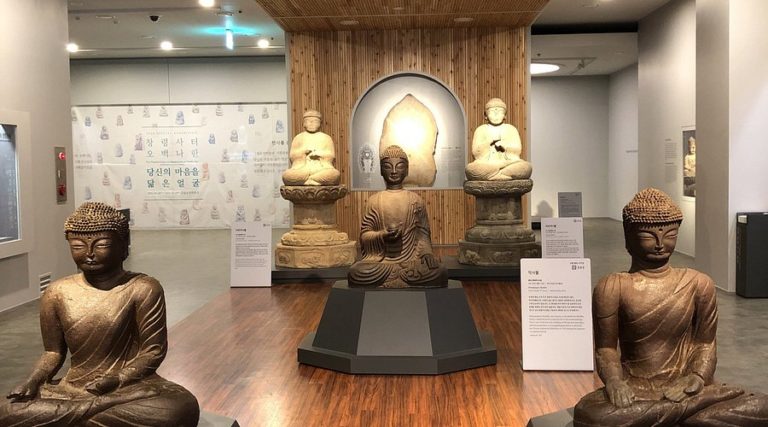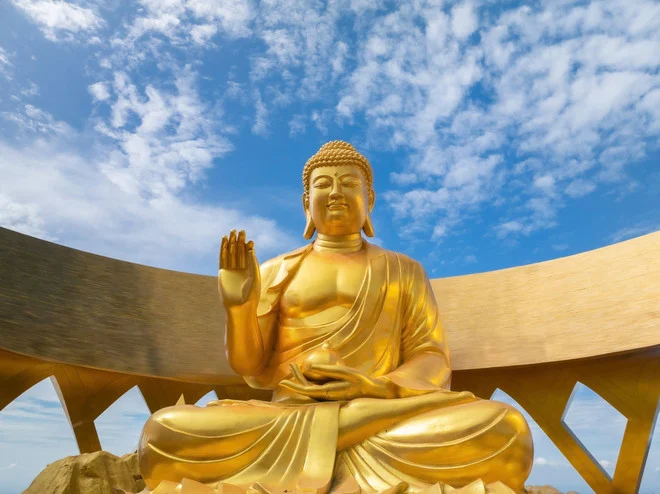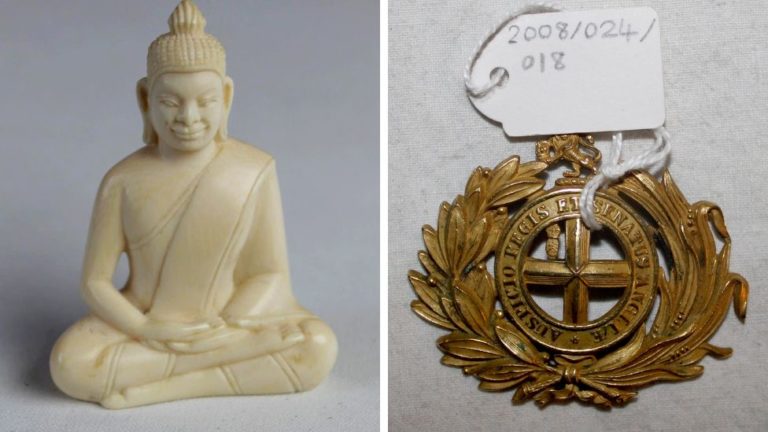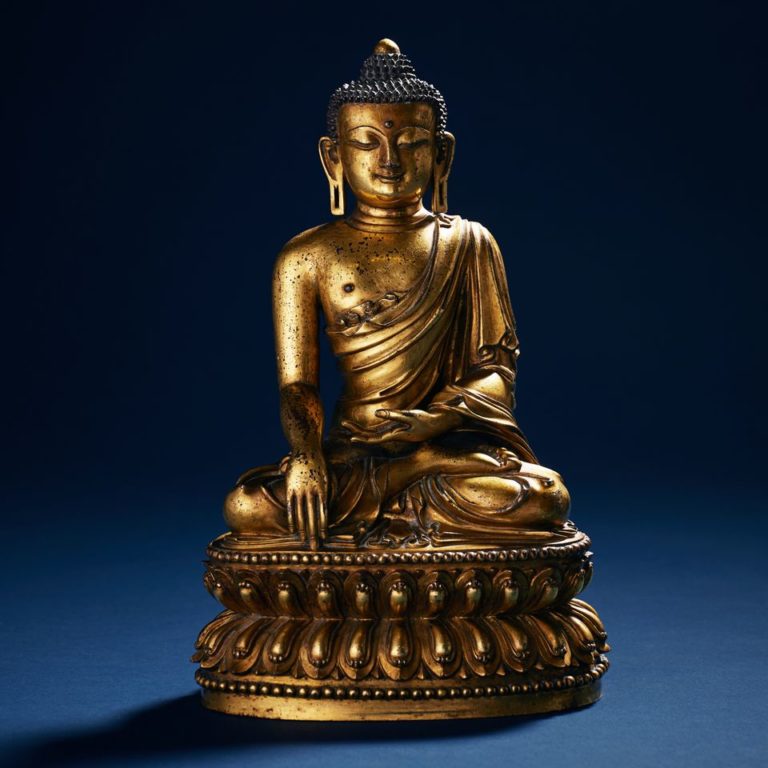Overseas travellers are flocking to southwest China’s Leshan Giant Buddha, the world’s largest cliff-carved statue, as inbound tourism surges under new visa facilitation policies and improved services.

Standing 71 metres tall and carved into a hillside more than 1,300 years ago, the seated Maitreya Buddha has long been a cultural icon. Together with nearby Mount Emei, it was inscribed as a UNESCO World Heritage site in 1996. Today, it is not only a spiritual landmark but also a magnet for international visitors.
Official figures show that by 11 November, the Leshan Giant Buddha Scenic Area had welcomed 300,898 overseas tourists this year — a 44.7 per cent increase compared with 2024. The largest groups of visitors came from Malaysia, Japan, South Korea, the United States and Vietnam.
Zhu Lili, deputy director of the site’s management committee, credits the rise to incentives for travel agencies, group discounts and a focus on high-quality services. “It’s important to understand the preferences and consumption habits of inbound visitors to provide convenient and comfortable services upon their arrival,” she said.
Technology is playing a central role. At the ticket hall, tourists can use AI-powered translation screens to communicate in their own language. A multilingual online platform allows them to book tickets and make payments via credit cards, cash or Chinese e-payment systems. Staff are equipped with 100 portable translation devices to help with queries and gather feedback directly from visitors.
Promotional efforts are also expanding. In September, international influencers were invited to tour the site and share their experiences online, boosting Leshan’s profile as a welcoming destination. Officials are now exploring partnerships with Egypt’s Supreme Council of Antiquities, aiming to link the Buddha with other world heritage icons such as the Pyramids of Giza and Luxor Temple.
For many overseas visitors, the Leshan Giant Buddha offers more than a striking photo opportunity. It provides an immersive encounter with China’s Confucian, Buddhist and Taoist traditions — a cultural experience that continues to resonate across borders.
